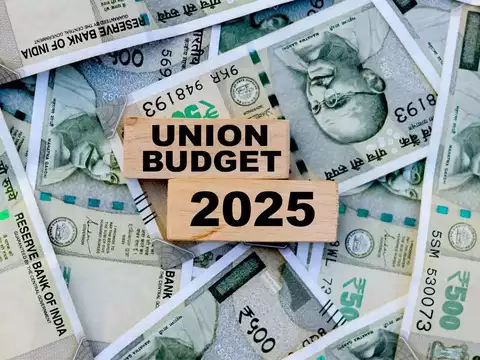The Union Budget 2025, presented by the Finance Minister of India, is a defining moment in the country’s economic roadmap. As India continues to navigate through challenges and opportunities, the Union Budget for the year ahead aims to balance fiscal prudence with growth aspirations. A key highlight of this year’s budget is the focus on capital expenditure, signaling a strategic pivot towards infrastructure development and long-term sustainability.
Understanding the Union Budget 2025
The Union Budget for 2025 has been framed in the context of global economic uncertainties, domestic inflationary pressures, and an evolving geopolitical environment. While the government remains committed to its fiscal consolidation path, it has prioritized stimulating economic growth, job creation, and sustainable development. The overall theme of the Union Budget 2025 is growth-oriented, with a clear emphasis on boosting productivity and accelerating industrial output.
Capital Expenditure: The Core of Union Budget 2025
One of the most significant aspects of the Union Budget 2025 is the Capital Expenditure Budget. In the face of global headwinds and domestic challenges, the government has earmarked substantial funds for capital expenditures to stimulate the economy. The primary objective is to create a solid foundation for future growth by enhancing infrastructure, building resilient systems, and fostering innovation.
Capital expenditure in the Union Budget 2025 covers a broad range of sectors, from transportation and energy to healthcare and education. The government has committed to increased investment in national highways, railways, airports, and ports, all of which are integral to India’s economic growth story. This investment is expected to generate significant employment opportunities and provide a stimulus for related industries, including construction and manufacturing.
The Capital Expenditure Budget also emphasizes sustainable infrastructure development. With climate change being a key global concern, the budget allocates funds to green energy projects, energy-efficient buildings, and sustainable urban infrastructure. This approach aligns with India’s long-term vision of achieving net-zero emissions by 2070, while simultaneously addressing the immediate economic needs of the nation.
Economic Growth and Job Creation
The Union Budget 2025 is also designed to promote inclusive growth, with a clear focus on creating job opportunities, especially for the youth. The Capital Expenditure Budget is expected to contribute to this by driving demand in various sectors. By improving infrastructure and enhancing connectivity, the government aims to create a more conducive environment for businesses to flourish, thereby boosting employment across the nation.
Additionally, the government has outlined a series of policy measures to support small and medium-sized enterprises (SMEs), which are critical to job creation and economic diversification. There is also a renewed focus on skilling and reskilling the workforce to meet the demands of emerging industries, such as artificial intelligence, robotics, and renewable energy.
Tax Reforms and Digital Infrastructure
In the Union Budget 2025, tax reforms play a crucial role in providing relief to businesses and individuals while ensuring that there is adequate revenue generation to fund key projects, including capital expenditure. The government has introduced measures to simplify the tax regime and provide more incentives for businesses to invest in innovation and infrastructure development.
Furthermore, the budget places a strong emphasis on digital infrastructure. With India moving rapidly towards a digital economy, the Union Budget 2025 allocates funds to expand internet connectivity, improve cybersecurity, and promote digital literacy. This initiative will have far-reaching impacts on businesses, education, and healthcare, driving economic growth and creating jobs in the process.
Conclusion
The Union Budget 2025 is a forward-looking plan that sets the stage for India’s economic recovery and long-term sustainability. With a strong focus on capital expenditure, the budget aims to modernize infrastructure, foster industrial growth, and create jobs. This ambitious vision is not just about immediate economic recovery but about positioning India as a leader in global trade and innovation. By addressing both short-term needs and long-term goals, the Union Budget 2025 is poised to transform India’s economic landscape for generations to come.


